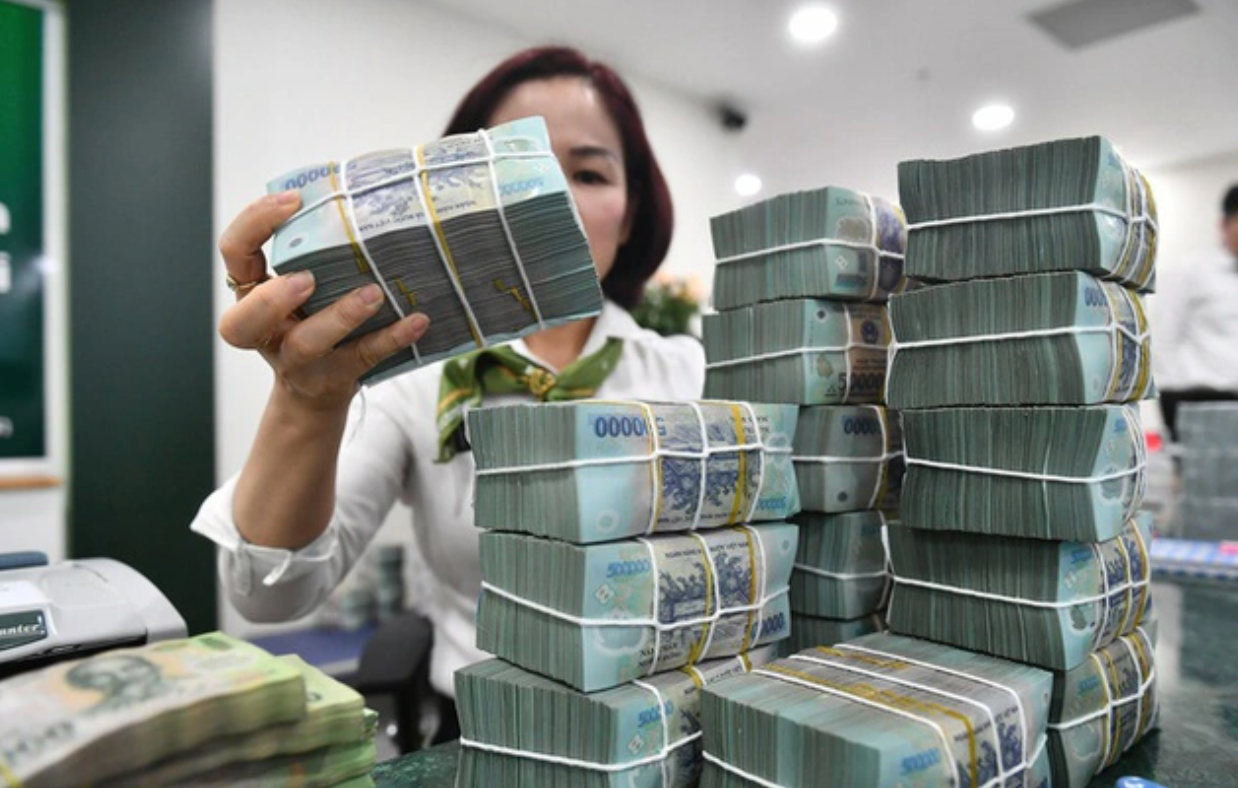What drives Vietnam's breakthrough growth?
Vietnam's breakthrough growth will be propelled by a fresh wave of foreign direct investment (FDI), technology, semiconductors, and artificial intelligence (AI) of sufficient scale when monetary and fiscal policies run out of room.

Monetary and fiscal policies have little room left to support robust economic growth.
In recent years, the Prime Minister and the Government have pledged to reach an economic growth rate of 8% by 2025, surpassing the National Assembly's resolution of 6.5-7% and aiming for 7-7.5%.
This is a challenging issue to resolve in the face of persistent difficulties in the local and international economy, which are exacerbated by intricate geopolitical swings.
According to Mr. Trần Ngọc Báu, CEO of WiGroup, a major wave must originate from either the global economy influencing Vietnam or from internal tales like sufficiently effective fiscal or monetary policies for Vietnam's economy to make a breakthrough in the new phase.
Monetary Policy: Limited Leverage
When examining potential drivers of Vietnam's increased growth, Mr. Báu noted that the first thing to be ruled out is monetary policy. Interest rates, which affect capital costs, and liquidity, or the economy's money supply, are the main ways that monetary policy affects the economy.
Since such cycles are uncommon, Vietnam is unlikely to see the extremely low interest rates observed during the 2013–2020 period starting in 2025. At best, interest rates may vary or modestly decline near present levels as they approach the end of their downward trajectory, with no chance of further large reductions.
Regarding liquidity, while there has been much discussion about increasing credit growth limits, this is challenging. For an economy heavily reliant on credit like Vietnam, where alternative financing channels such as equities are underdeveloped and bonds remain frozen, expanding credit limits will have limited effectiveness. Therefore, monetary policy can only act as a supporting factor for economic growth, not a decisive one.
Fiscal Policy: A Narrowing Window
Fiscal policy includes revenue (taxes, fees) and expenditure (development investments and recurrent spending). When the Government supports the economy by expanding fiscal policy, it must reduce revenue through tax cuts and increase expenditure.
Following COVID-19, Vietnam has historically enacted tax and fee relief measures totaling around VND 900 trillion over four years. The government's revenue base has been greatly harmed by this.
By July 2024, the Ministry of Finance had suggested lowering tax and fee relief or increasing taxes in order to tighten fiscal policy starting in 2025. As a result, fiscal policy can only be sustained at its current levels and has little potential for growth.
The budgeted amount for 2024 is somewhat less than the actual amount spent in 2023. Only VND 410 trillion, or 60% of the plan, will have been disbursed by November 2024, indicating that disbursement rates are still low.

Major waves like FDI relocation could significantly impact Vietnam's economy.
According to WiGroup, the overall amount of public investment disbursed by the end of 2024 will be close to VND 500 trillion, or roughly 74% of the target, which is comparable to 2023 levels. Although it has not been formally published, the proposed budget for 2025 is around VND 790 trillion. This would amount to almost VND 600 trillion, a 20% increase from 2024, even if the disbursement rate is 75%.
Individual responsibility for postponed public investment disbursement will be implemented in 2025, indicating the government's intention to increase these initiatives.
“Public investment has two effects. The first is the fiscal multiplier, where public spending injects funds into private sectors, stimulating economic growth. The second is the crowding-out effect, where Government borrowing offsets gains by reducing the net financial injection into the real economy,” Mr. Báu analyzed.
ADB studies show a correlation between public investment and economic growth. However, the impact is limited and unlikely to meet expectations for a breakthrough. Fiscal policy, even with increased spending, is insufficient to create a major growth wave in 2025.
New Waves of FDI and Technology
Significant waves, such as FDI relocation, could substantially impact Vietnam's economy. Vietnam increasingly depends on FDI as these firms enjoy considerable incentives, including tax breaks and financial advantages, while domestic enterprises are often relegated to auxiliary roles.
FDI firms employ 40% of Vietnam’s workforce—a sizable proportion. Hence, FDI relocation greatly influences labor and capital.
"I believe the next impactful wave for Vietnam's economy must come from FDI and technology," Mr. Báu stated. Vietnam’s economic cycles have witnessed transformative events, such as the entry of Apple, Samsung, and Intel, driving long-term growth.
Currently, the Government is banking on a wave of chip and AI technology investments to position Vietnam as a technological hub, similar to earlier technological transitions.
"Looking beyond monetary and fiscal policies, this is the 'front' that gives the Government confidence in driving economic growth during the 2025-2030 period," WiGroup’s CEO predicted.








